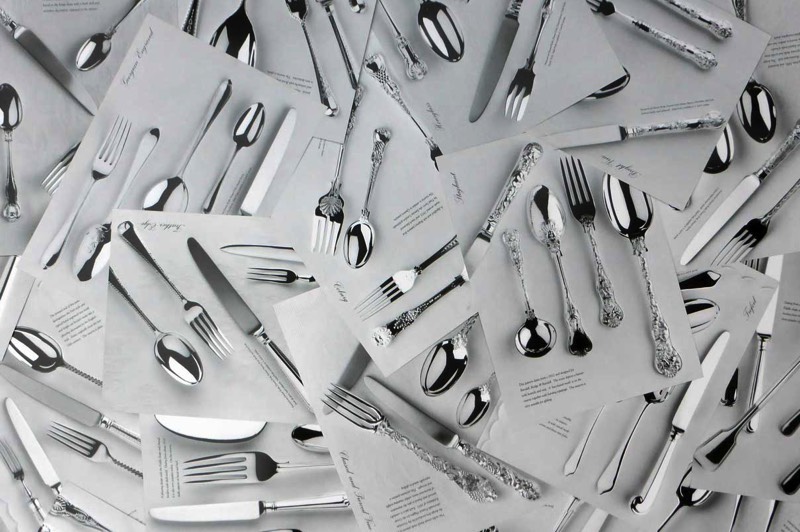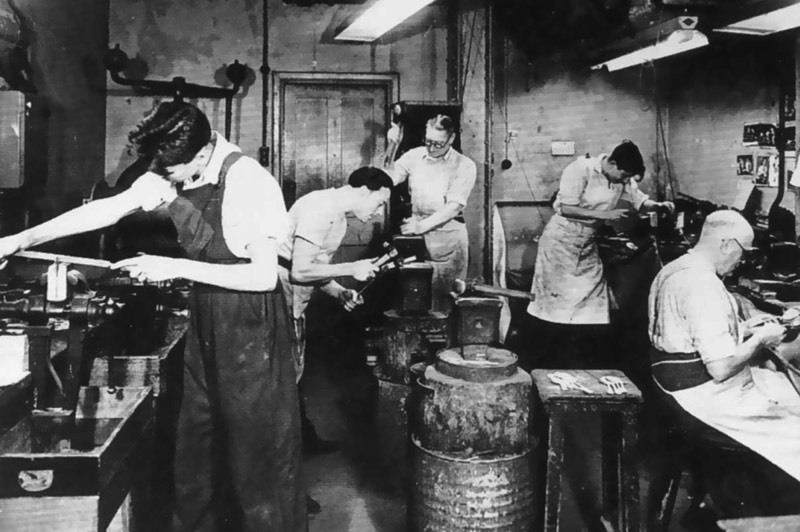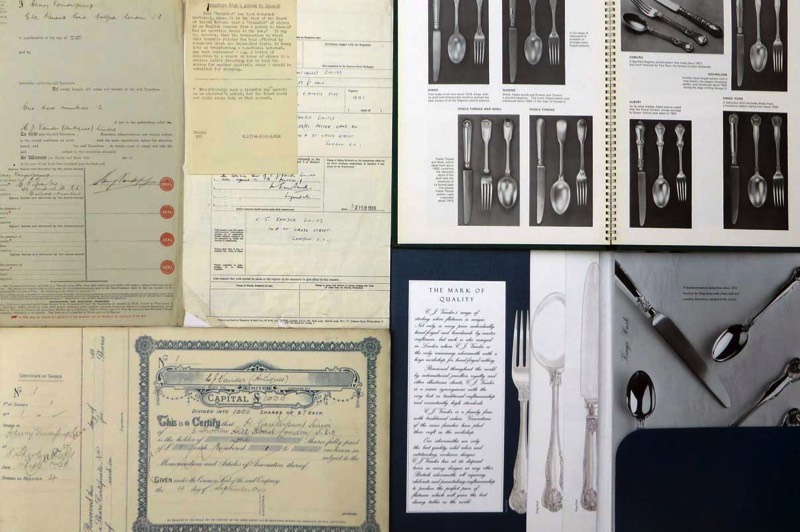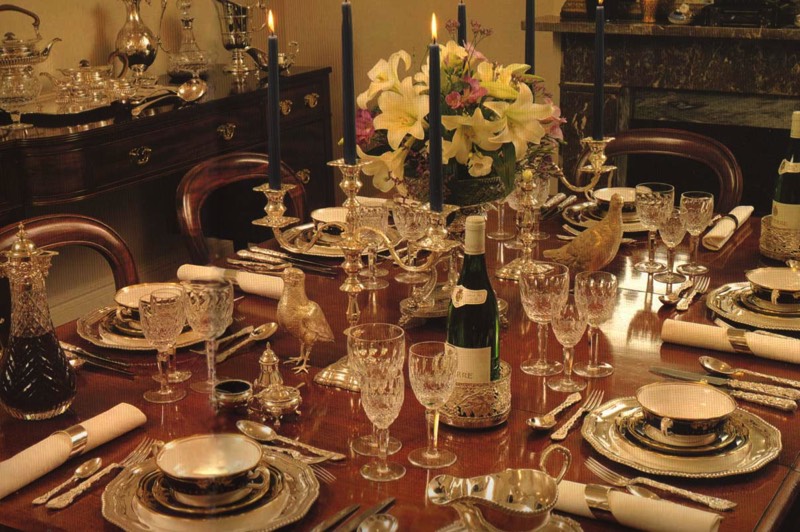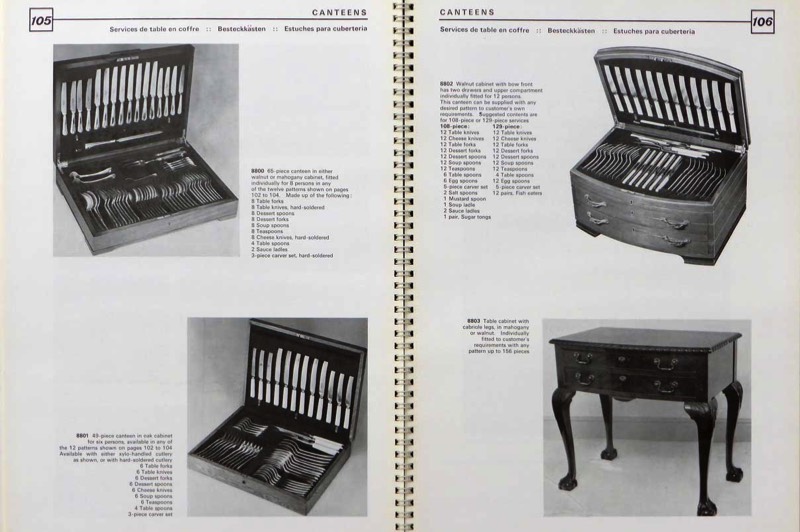
CREATIVE - UNIQUE - QUALITY

Cornelius Joshua Vanderpump registered his mark at the London Assay Office in 1886. Since Mediaeval times, when the silver and goldsmiths set up their Guild in the city, London had been a centre of silversmith excellence. It was this tradition and ethos which the young Joshua acquired when his father, of Dutch origins and himself a silversmith, apprenticed his son to Martin Goldstein of Macrae and Goldstein.
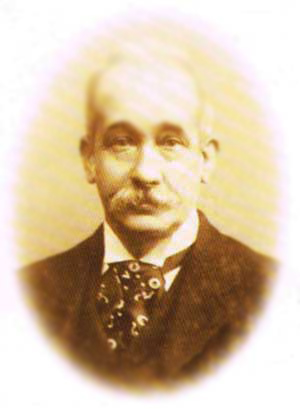
The young silversmith soon showed his potential and in 1886, when Goldstein retired, Joshua acquired the business.
He anglicised his name to Vander and the business flourished, numbering many of London’s leading retailers amongst its customers.
By 1904, when Joshua died, two of his sons - Henry and Alfred - had joined the business and registered theirmarks at Goldsmiths Hall. The firm expanded, moved to larger premises and continued to prosper until the outbreak of World War I when, in common with most companies, staff were redirected to help the war effort. In the
post war years, sales once again increased and the 1920’s and 30’s saw the business not only grow at home but also in the USA where C. J. Vander built up an impressive export business. Succeeding generations of the Vanderpump
family continued to be involved in the company. In 1926, Alfred’s eldest son Norman joined from school and took charge of production.. He was soon joined by his cousin Arthur.
Soon, however, the gathering storm clouds of war appeared on the horizon and there were no silver linings. The company’s premises in Betterton Street were compulsorily purchased in 1938, Alfred died in 1939 and in 1941,enemy action led to the destruction of the greater part of C. J. Vander’s new premises in Fetter Lane. The few employees who had not been called up into the forces, were moved to a factory where their skills were used for producing aircraft parts.
In the post war years, C. J. Vander was once again faced with rebuilding its business. This was made all the more difficult by the Government’s imposition of a punitive purchase tax which rose to a peak of 125 per cent, decimating the UK’s traditional silver industry. Thanks to its existing export business and the fact that it had become an established dealer in second-hand and antique silver, C. J. Vander was in a stronger position than many of its competitors. The Goldsmiths and Silversmiths Company (Garrards) asked C. J. Vander to produce
hand-forged flatware from the dies of a unique range of patterns which had belonged to the defunct company, Francis Higgins.
C. J. Vander took on some of Higgins’ former craftsmen who passed on their skills, enabling the firm to keep alive one of the traditional crafts.
Richard, Henry’s son, the brother of Arthur joined in 1949. The Coronation of Queen Elizabeth II in 1953 gave fresh impetus to the silver market and C. J. Vander enjoyed considerable success. In the late 50’s the firm moved to premises in
St Cross Street. Meanwhile, the Vanderpump family continued to join and run the business. In 1965,
John Vanderpump, Norman’s elder son, joined the company. Three years later, Norman’s second son, Robert followed in his brother’s footsteps and Antony, Richard’s son, joined in 1981.
The high end silver industry in the UK endured challenging times in the late 90’s and the company closed its doors as a family business in 2007, the company being purchased by a large American firm. However, the name continued to be recognised as the mark of excellence in British silver manufacturing and design, with much demand for early and antique pieces.
In 2013, Catherine (Kate) Jennifer Vanderpump, Richard’s youngest daughter, reacquired the company C. J. Vander Ltd, becoming the 5th generation of the Vanderpump family to have their mark registered at the London Assay Office.
